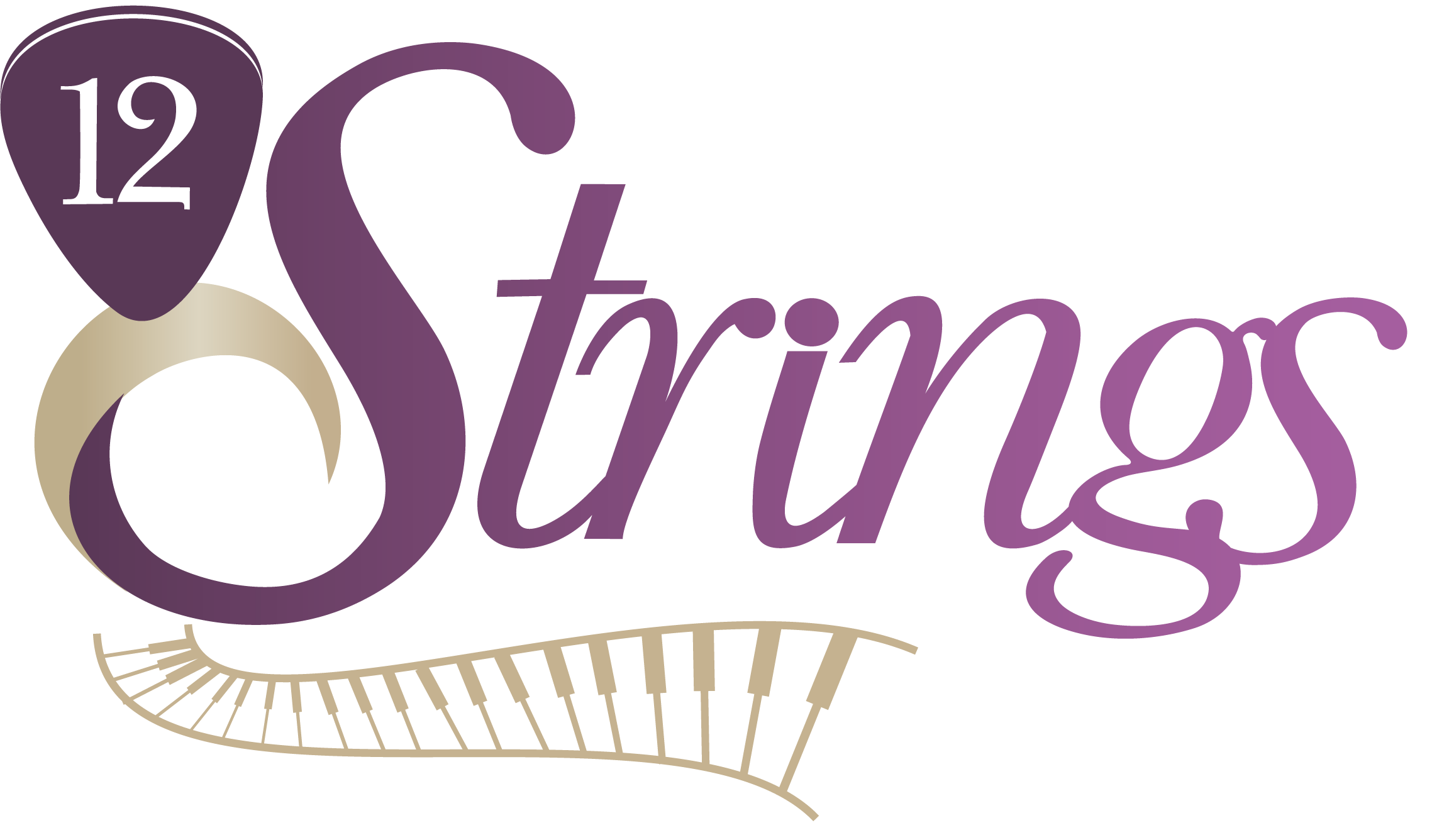I have so many people ask me if the bass is easy to play because it only has four strings. The only way to answer this is to say yes – it is relatively easy to be able to play a simple bassline to most popular songs. But it’s much more difficult to understand what needs to be done to enhance the harmony of a piece and stay true to the rhythm, or to cover a chord progression or drum part or lay down a groove so powerful that people have no choice but to dance.
The reason that there is a huge gap between the good bass players in the world and the great bass players in the world is because of the lack of understanding that most musicians have about the job description of the bassist. If asked, the vast majority of musicians will say the job of the bass player is to hold down the bottom end or to play the root notes (the notes that the chord is named after, i.e. G major’s root is the G note) of a chord. While that definition is not entirely wrong, it is not completely right either. Yes, it is important to hold down the bottom end and playing the root note of a chord is a good way to do that but the main reason the bass is involved in a piece of music is to help support and harmonise the melody.
Now for some people this may come as a surprise but once you realise this then you will be open to a whole range of possibilities. The final piece of the puzzle is tying the rhythm and harmony together.
Note selection
So how do we approach playing a bassline? To put it simply, we need to choose notes that support and harmonise the melody and we need to play them in a way that mirrors the drum or percussion part. Easier said then done.
Now to find the notes that best support the melody, what are we looking for? The easiest notes to find are the root notes of the chords in the chord progression. We could also play the melody notes, which is useful when you want reiterate a point, but not so good if you do it so much that what ever point you are trying to make is lost because the audience has become bored with everyone playing the same thing.
Another idea is to use the other notes that are in the chords (not the root note), as these notes will harmonise the melody, so in some cases you can use this technique to imply a chord that is not being played or reinforce one that is.
More advanced players can play any note that makes the piece better. To understand this concept you have to understand what the note that you are adding to the equation is doing to that part of the song. If there are other notes being played on other instruments at the same time (which is very likely!), then you will be part of a chord, so you need to know what this note does to the chord. Does it make the chord sound dissonant? If so, then this will create a feeling of tension, which is good if that is what that particular section is trying to build. Or it could be a complete cock up if the section is trying to resolve tension created earlier.
What if the note you are adding makes your part seem like it is moving (becoming gradually lower or higher)? This will build interest in your part as people will be listening for where you are going next. This can be great in a flat spot but not so good when another part is the focal point.
You could use your part to join the chords in a more gradual manner (starting on a note from one chord and working your way to a note in the next chord). That way the changes seem more fluid so that it sounds laid back and smoother to the ear. You could make the melody seem higher or lower with your note choice by playing above (higher than) the melody or below (lower than) the melody. So be aware of what your note selection will do for your part and for the overall sound of the music you are performing, but make sure that what you are doing will enhance the melody and song.
Check back soon for the next part of this article – how to use rhythm in your bassline.
www.12strings.com.au/piano-lessons
www.12strings.com.au/guitar-lessons
www.12strings.com.au/bass-lessons
www.12strings.com.au/ukulele-lessons
